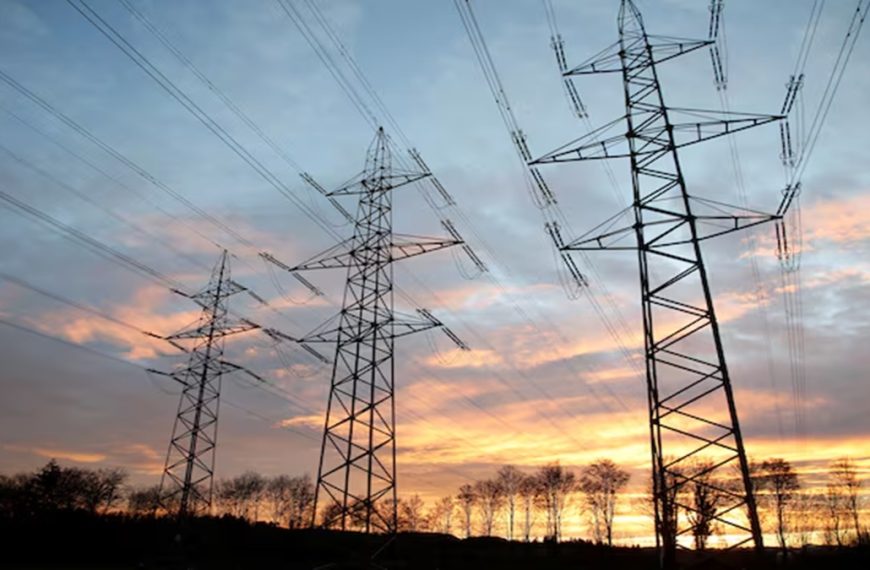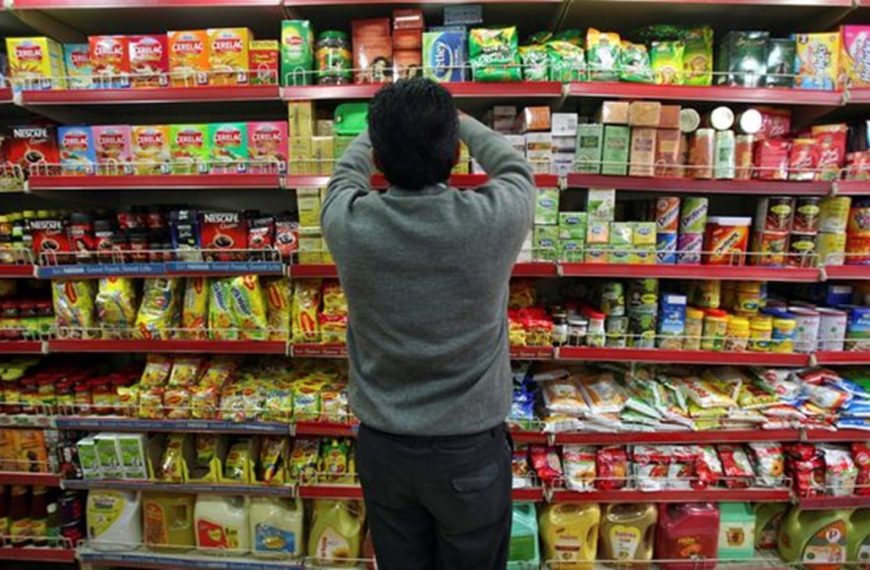The recent announcement by the Trump administration to implement universal reciprocal tariffs on imports has shifted the competitive landscape for India’s textile industry. Specifically, apparel exporters in India are now positioned more favorably against rivals such as Vietnam, Bangladesh, and China, all of which face increased tariff rates. This change could significantly boost India’s presence in the U.S. market, making it a more appealing destination for textile sourcing.
Tariff Breakdown: India vs. Competitors
On Thursday, the U.S. government revealed a flat 27% tariff on goods imported from India, with certain exceptions. In contrast, India’s key competitors are facing much steeper tariffs:
- Vietnam: 46%
- Bangladesh: 37%
- Sri Lanka: 44%
This puts Indian apparel exporters in a unique position, as they previously dealt with tariffs ranging from 12-14%. Now, the new 27% tariff will be applied on top of those existing rates, but the overall impact is still more favorable compared to its competitors.
Prabhu Dhamodharan, the convenor of the Indian Texpreneurs Federation (ITF), emphasized the significance of this shift. “Previously, there was no differentiation in tariff rates, but with the new structure, India stands out against Vietnam and Bangladesh,” he noted.
China’s Heavy Burden
China, which is the largest textile exporter to the U.S., will be particularly impacted, facing an increase of 34% on existing tariffs. When combined with the 20% tariff already imposed earlier this year, Chinese exporters will see their effective tariff rate soar to 54%. This steep increase places them at a clear disadvantage in the U.S. market.
Dhamodharan raised an important question: who will seize the opportunity to capture the market share that China will likely lose? With their exports hindered by such high tariffs, it’s crucial for competitors to position themselves wisely.
Market Insights
In 2024, the U.S. textile import market reached $107.72 billion, reflecting a 3% increase year-over-year, with apparel alone accounting for $80 billion. China currently commands the largest share at 21%, followed by Vietnam at 19%, Bangladesh at 9%, and India at 6%.
Industry experts caution that India’s future in the apparel sector will heavily rely on how other nations react to these new tariffs. An expert pointed out that since apparel exports are vital to Bangladesh’s economy, we may see them negotiate to lower their tariffs for competitiveness.
Challenges Ahead for Indian Exporters
Shiraz Askari, President of Apollo Fashion International, highlighted that the 27% tariff on Indian footwear and garment exports presents a significant hurdle, especially for companies with narrow profit margins. He advocates for a focus on enhancing operational efficiency, compliance, and market diversification to mitigate risks associated with reliance on a singular market.
Dhamodharan also mentioned that buyers might adopt a cautious approach, which could temporarily suppress demand. However, he remains optimistic that India is strategically positioned for long-term gains.
Recommendations for India
K. Venkatachalam, chief advisor of the Tamil Nadu Spinning Mills Association, suggests that India should reduce its 11% import duty on cotton to zero. This strategic move could capitalize on the new tariff structure and ongoing trade discussions with the U.S. He emphasized that India’s dependence on the U.S. for high-quality cotton, including extra-long staple varieties, makes this an essential step.
Interestingly, China has already retaliated with its own duties on U.S. cotton. Compared to China, India has a unique advantage; while it maintains an 11% duty on cotton, it offers lower rates of 5.5% for imports from select African nations due to existing trade agreements. “We could extend similar benefits to the U.S. and, in exchange, seek preferential treatment for Indian apparel,” Dhamodharan added.
The Indian Apparel Export Promotion Council is actively lobbying the textiles ministry for a ‘zero-for-zero’ duty policy on textiles and apparel. They believe that eliminating duties on Indian textile products could prompt the U.S. to reciprocate with lower tariffs, further enhancing India’s competitive edge.
In summary, while challenges remain, the new tariff landscape presents a noteworthy opportunity for India’s textile and apparel sector to strengthen its foothold in the U.S. market.











